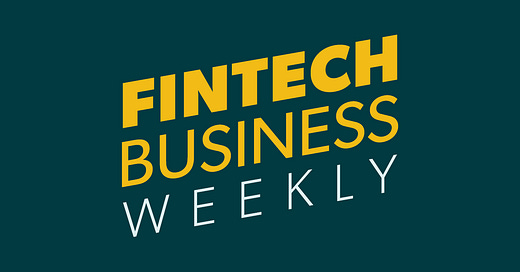ID Verification, Fraud Prevention & More with Alloy's Jason Ioannides
Celebrating One Year of Fintech Business Weekly
Hey all, Jason here.
I’m writing this from Greenpoint, Brooklyn, on what is possibly the most perfect fall day. I’ll be in New York for the week, primarily to attend CB Insight’s Future of Fintech event and a handful of other meetings (if you’re at the event, let’s grab a coffee!) There’s something undeniable about the energy of this city — it reminds me…



